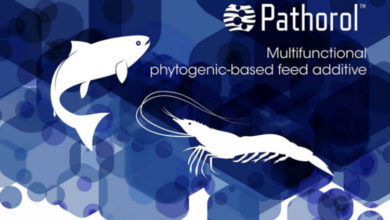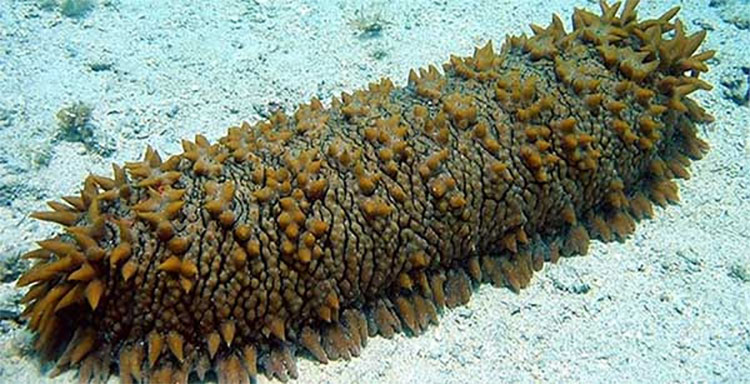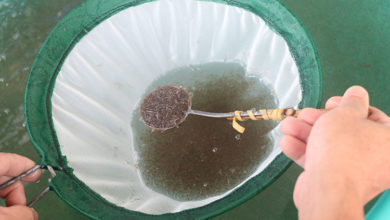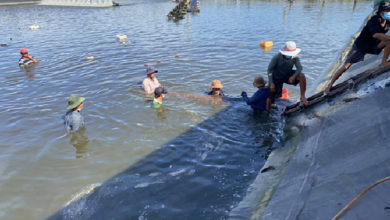Ha Noi – Grass carp farming in rice fields offers low-cost, high-return solution
In Hop Thanh commune, My Duc district of Hanoi, farmers are increasingly adopting a rice-grass carp polyculture model thanks to its low investment requirements and stable profits.
Pham Van Phong, who converted about 2 hectares of low-lying paddy fields into an integrated rice–fish system, explained: “I didn’t have the capital to buy commercial feed, so I raise juvenile fish and rely on natural feed sources. I harvest 2-4 batches a year, with over one tonne of fish each time, and high profit margins due to feed cost savings.”
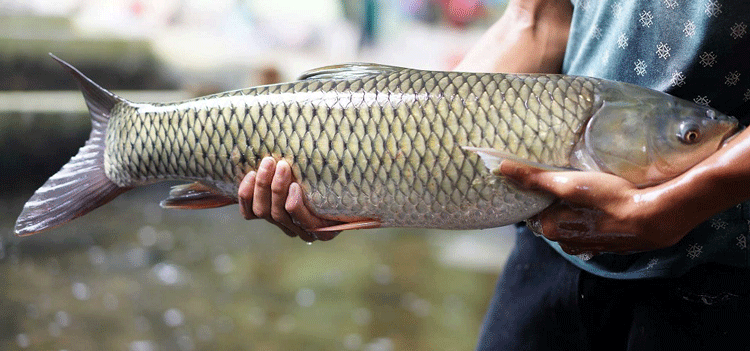
The fields are divided into 80% rice area and 20% trenches about 1.5 m deep. During the day, fish forage in the fields; when it is hot, they shelter in the shaded trenches. At the start of the season, water is drained completely to sow dense rice and apply nitrogen fertilizer to soften the plants for easier grazing. Water is then raised gradually after around 18 days before releasing the fish. If water rises too quickly, the fish graze only on the tips of the rice, leading to rotting water and higher disease risk.
Phong emphasized the critical stage when the fish develop teeth, at 30-40 fish per kg. At this size, they need soft rice shoots and duckweed to avoid broken teeth and gum swelling. Although growth is slow, reaching only 1-2 kg in several months, the fish are firm and flavorful.
However, the market generally prefers larger, farmed grass carp weighing 3-4 kg for premium pricing. Rice-field-raised fish often sell for just over 40,000 VND/kg, priced similarly to industrially farmed fish despite their superior quality.
A family tradition
Next to Phong’s fields is the rice-fish farm of Nguyen Van Ba, whose family has worked in the sector since 2008. Initially, they raised one crop a year, easily selling fish over 1 kg. But tightening market standards (3.5-4 kg) forced Ba to switch to seed fish production.
He raises small fingerlings (about the size of incense sticks) on commercial feed in ponds until they reach 40-50 fish per kg, then floods the fields to let them forage. When the rice is nearly consumed, he drives the fish back into the ponds and prepares for the next cycle.
“Using commercial feed often leads to disease and requires medication. By the end of the season, most of the profit is gone on feed and drugs. Rice–fish farming needs less capital, the fish are healthier, and we still earn around 100 million VND a year,” Ba said.
Both farmers raise only grass carp because of the species’ calm nature, minimal water disturbance, and lower disease risk, important advantages for field-based aquaculture.
VFM


